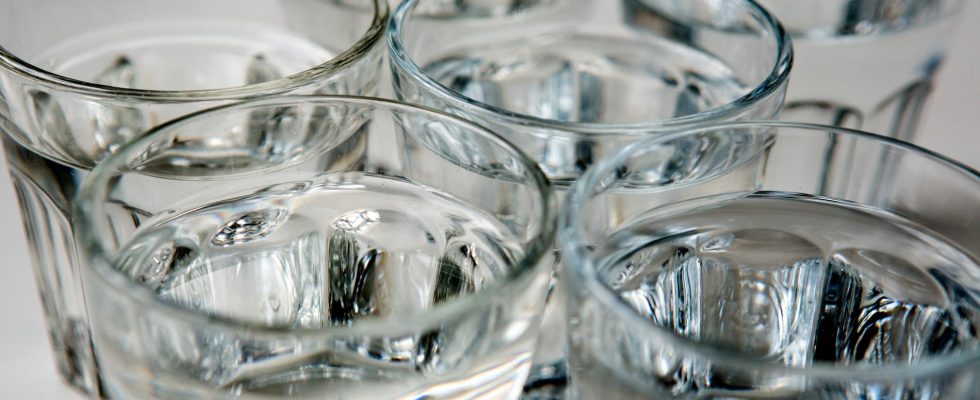Published: Just now
When the chlorine was discarded in the purification of the drinking water in Varberg, the bacterial flora in the water changed in an unexpected way: A predatory bacterium took over and ate many of the other bacteria.
It was after the installation of a so-called ultra filter in the water treatment plant that Varberg decided to stop using chlorine in 2020. Researchers took water samples both before and after the chlorine shutdown to study what happened to the bacterial flora.
The predatory bacteria that took over is called Bdellovibrio and is harmless to humans.
“Our conclusions are that it is possible to get safe and clean drinking water without chlorine,” says Catherine Paul, associate professor and university lecturer in technical water resources studies, in a press release from Lund University of Technology.
She believes that the predatory bacteria has been hidden in the so-called biofilm, the bacterial coating found on the inside of the pipe walls. Her hope is that better knowledge of the hidden microflora of drinking water pipes will eventually lead to new ways of purifying drinking water.
The alternatives to chlorine purification that are available today have certain disadvantages. Cleaning with UV light, for example, is effective, but very energy-intensive and the ultrafilter installed in Varberg is expensive.
